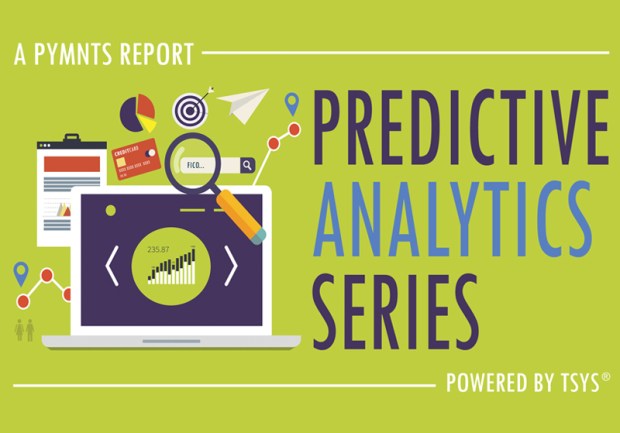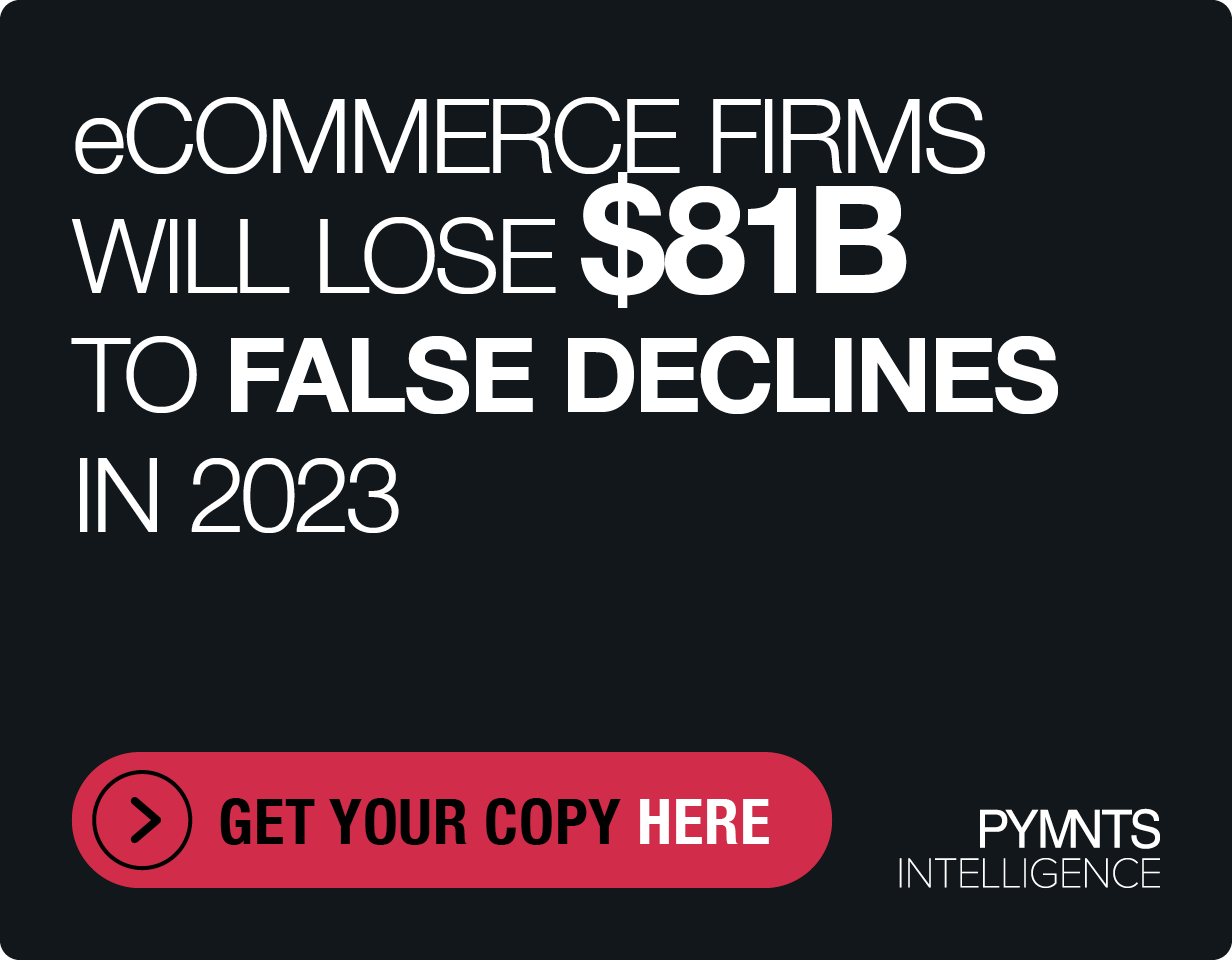Making Sense of Data’s Deluge

Making sense of the ton of data out there is both an art and a science. Payments execs need the right analytics tools (science) to confidently interpret multiple data streams to pinpoint key consumer behaviors (art). MPD’s CEO Karen Webster sat down with Fred Grigsby III, TSYS Managing Director, to find out how he and TSYS are helping issuers balance the two.
In the age of Big Data, context is key. There’s so much information flowing on a day-to-day (or in some cases, minute-by-minute) basis that it can be hard to separate the wheat from the chaff. For marketing executives in the payments industry, data is crucial, but knowing how to improve the customer experience with that data is even more important. MPD’s Karen Webster sat down with Fred Grigsby III, TSYS‘s managing director, to discuss how data can translate into action.
KW: Data is a big topic of conversation in payments specifically and yet there is so much confusion around what to do with it. When you talk to the marketing executives on the issuing side of the TSYS business, what are they bewildered about, and how are you helping them cut through all the data and getting to actionable insights?
FG: There is a tremendous amount of data available and there’s a lot of potential complexity in aggregating such data, particularly for marketers and financial institutions. Consumers are demanding that we know more about them and we respond and react accordingly, so one of the challenges I think that marketers face is aggregating this data from an enterprise level — not just from the cards business but the enterprise level. Making this data … into something that is truly actionable and that could deepen the connections, whether it be marketing, [or] whether it be customer service communication channels, that really improves the in-consumer or member experience — I think that’s the biggest challenge.
KW: Aggregating data at the enterprise level seems like a pretty big and daunting undertaking. How are they doing that?
FG: That’s one of the big challenges many issuers regardless of size are facing. The reality is, as marketers, we tend to make pretty short-term decisions around behavior patterns or limited information. From an enterprise level I think it is developing the framework around, “What are my consumers doing from a whole retail relationship standpoint?”
As issuers and financial institutions alike aggregate this information in a way that they can use it across the enterprises where the real value added is, I’ve seen some issuers that have had some tremendous success on the payments card side, specifically in looping in some of the information that is relative to how they’re using other products.
It might drive a whole marketing treatment matrix from a card standpoint. For example, I would not give you an offer that is going to conflict with another product in the bank or another promotion that is not going to be as price competitive as what you otherwise can get from a personal line of credit that you just opened up.
KW: There’s always this tension between “I need to deliver results in the short term” – whether that’s a month, a quarter, or a campaign, but yet being mindful of the long-term implications of some of the short-term campaigns to make sure marketers are getting the right customers for the right products. How are you helping your clients address and manage that tension?
FG: It starts with really trying to make sure that we’re in tune with each client’s respective business objective of the immediate product or business line. We also work very closely with our clients to make sure that they’re both thinking out the potential outcomes of messages or themes that are going towards the payment card side that may have a reaction — positively or negatively — on the other side of the business.
For example, if you think about profitability on a credit card you may have some profitability indicators on the credit card that might suggest one level of profitability. But the enterprise relationship of value of that wealth management consumer – who may not borrow much on the credit card but has a very deep relationship and a very rich economic value to the enterprise … we try to make those distinguishing points, so strategies that we are doing at one particular product don’t overlap to the detriment of the overall relationship.
KW: What are you seeing marketers now relying on a lot, to help them make better decisions about creating a better customer experience within their own organization?
FG: We‘ve got a number of communication channels in addition to this abundance of data that we’ve now got access to, but you think about mobile, online, direct mail, or even branch communications. How do you leverage the engagements that are already in place?
How powerful would it be to executives to understand that a new personal line of credit or a personal loan was submitted by a customer and the disposition of information, or to understand that your payment card was just added or deleted from a mobile wallet or that a request came in to the call center for an alternative product that you may or may not have a solution for?
Understanding the opportunity to leverage that information and translate that into different touch points and how you respond is what I’m seeing more of.
KW: It is very complicated to synthesize all of those touch points and to deliver relevant information in a relevant timeframe so that whatever actions are required can be taken. How are you helping the marketing executives on the issuing side, the FIs, do that?
FG: What we’re trying to do is solve a long-term solution in the short horizon by taking this view of looking at customers’ behavior patterns. At TSYS, our objective is to remain focused and trying to build and find true solutions that allow our clients to achieve what we could consider incremental success and managing these respective outcomes in the card payment side. And we’re doing this quite a bit with our TSYS Professional Services group.
KW: Knowing what data to use and when to use is as important as having access to data. Wouldn’t you say?
FG: Oh, absolutely. There’s obviously an opportunity to have data overload, but you can start in the most simplistic view of looking at data relative to the product line you’re managing and using that information in looking at historical trends. TSYS has a predictive modeling that we do for clients. We’re starting with what we know to be historical behavior patterns on the payment cards side, then projecting out — based on product and profile of the costumer — what we expect to happen going forward.
Knowing what Karen is also doing with the financial institution, and how she’s behaving with other product lines, could add value across these communication channels even though I’m just responsible for managing a payment card, for example.
Please visit tsys.com/intellisuite/ to learn more about analytics at TSYS.
 Fred Grigsby III
Fred Grigsby III
Managing Director at TSYS
Fred Grigsby III is responsible for the management and revenue growth of our TSYS Marketing Services division, as well as, manage a team responsible for delivering customized online account management solutions “the cardholder experience” within the TSYS North American Segment. In addition, heavily involved in new business development activities, business management consultation with clients regarding portfolio growth and optimization strategies to help achieve their respective business objectives. As a former payment card issuer, leverage the global resources of TSYS to provide integrated credit card management, servicing and processing solutions for banks and credit unions helping them achieve desired grow and profitability objectives while improving the customer experience.
